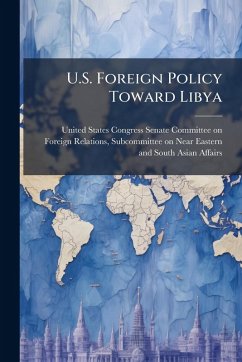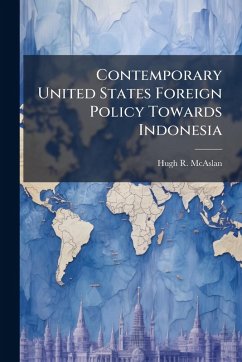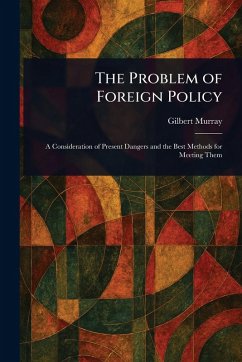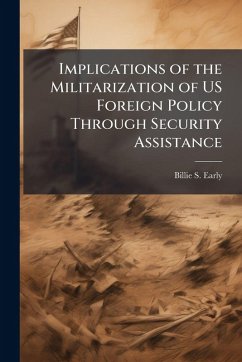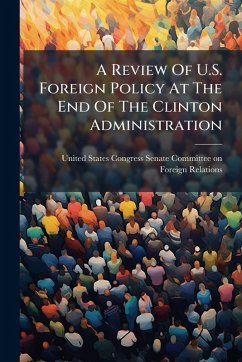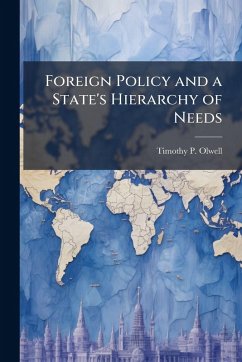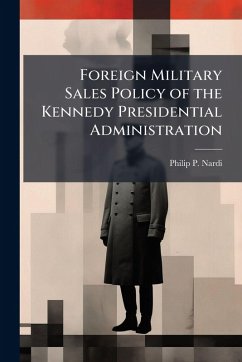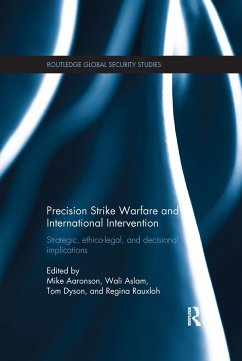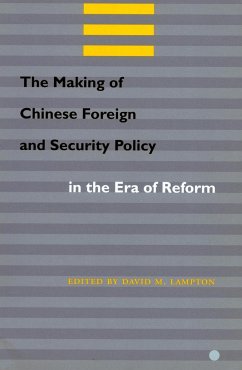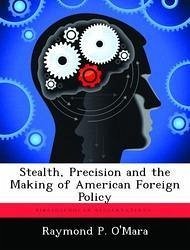
Stealth, Precision and the Making of American Foreign Policy
Versandkostenfrei!
Versandfertig in über 4 Wochen
17,99 €
inkl. MwSt.

PAYBACK Punkte
9 °P sammeln!
The end of the Cold War greatly reduced the risk that a limited, peripheral conflict would escalate to a major war between the great powers. It would seem, with this constraint removed, that the United States should be freer to intervene militarily in the affairs of other peoples. Indeed, in the last decade of the twentieth century, the United States intervened militarily as many times as it had during the full forty years of the Cold War. Alternatively, the decision to intervene had always been based on the best interest of America. With the fall of the Soviet Union, America's most vital nati...
The end of the Cold War greatly reduced the risk that a limited, peripheral conflict would escalate to a major war between the great powers. It would seem, with this constraint removed, that the United States should be freer to intervene militarily in the affairs of other peoples. Indeed, in the last decade of the twentieth century, the United States intervened militarily as many times as it had during the full forty years of the Cold War. Alternatively, the decision to intervene had always been based on the best interest of America. With the fall of the Soviet Union, America's most vital national interest, its security, was assured. Logic would dictate a less-interventionist foreign policy, as the need to intervene was drastically reduced. This study examines the paradox by investigating the presidential decision making process that leads to military intervention, determining the relative weight for intervention before and after the Cold War, and assessing the importance of technology - in this case the maturity of the combination of stealth aircraft and precision guided weapons - that made the president's decision to intervene after 1990 easier. This work has been selected by scholars as being culturally important, and is part of the knowledge base of civilization as we know it. This work was reproduced from the original artifact, and remains as true to the original work as possible. Therefore, you will see the original copyright references, library stamps (as most of these works have been housed in our most important libraries around the world), and other notations in the work. This work is in the public domain in the United States of America, and possibly other nations. Within the United States, you may freely copy and distribute this work, as no entity (individual or corporate) has a copyright on the body of the work. As a reproduction of a historical artifact, this work may contain missing or blurred pages, poor pictures, errant marks, etc. Scholars believe, and we concur, that this work is important enough to be preserved, reproduced, and made generally available to the public. We appreciate your support of the preservation process, and thank you for being an important part of keeping this knowledge alive and relevant.



